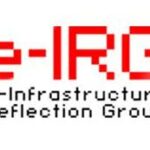Discussion
Loading...
Open Science
We are a network of scientists, developers and organizations building the next generation of digital spaces for open science.
Federation disabled


